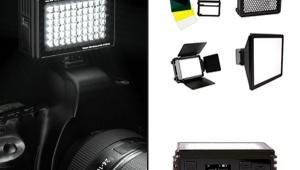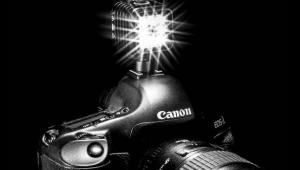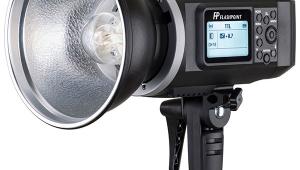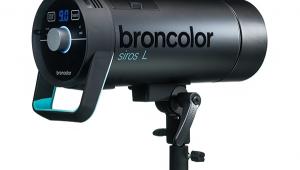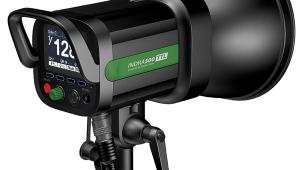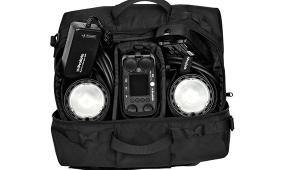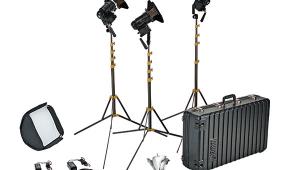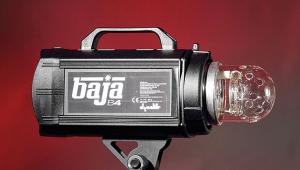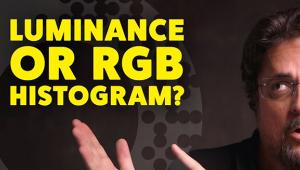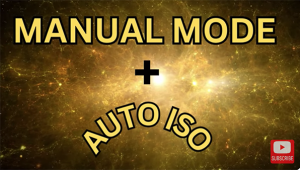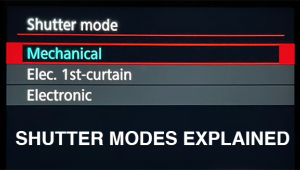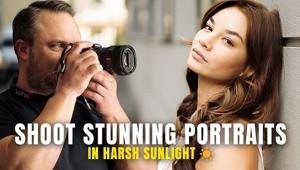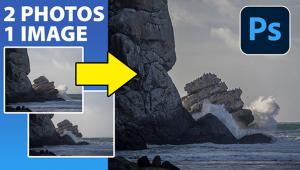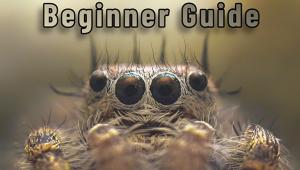ZEUS Lighting System; Power Pack Systems
AC-powered electronic flash units fall into two distinct categories: systems with a power pack to which individual heads are connected, and self-contained (monobloc) units where the power unit is a part of the head itself. Monoblocs have some advantages over pack/head systems. They are often the same size or not much larger than the heads of pack/head systems and are more efficient because the power capacitors are physically close and carefully matched to the flash tube. Monoblocs also eliminate a lot of camera room clutter, as they only require one cord for power, eliminating all of the cabling from the power pack to the heads of pack/head systems.
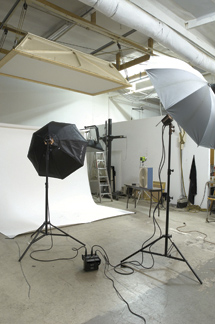 |
|
|
Many photographers, however, prefer to work with a power pack and head system. Commercial photographers in particular need the ability to adjust the power to each head easily without having to go to the head, which could be in an awkward or difficult-to-reach location. And separate power packs offer the possibility of more available power.
Paul C. Buff, Inc., a.k.a. White Lightning and AlienBees, has attained a well deserved reputation as a manufacturer of high quality, reasonably priced monobloc light heads and accessories. With the ZEUS products, the company is now out to capture those photographers who prefer separate power packs and heads. There are two power packs in the ZEUS line. The Z1250 is rated at 1250 watt seconds (ws) and the Z2500 at 2500 ws. Both packs can take one or two standard heads, or one bi-tube head. With two heads connected, you can send the same power to both heads or distribute the power in a ratio of 1:3 between them.
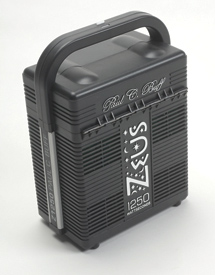 |
|
|
Power ratings of electronic flash units have always been difficult to compare from one brand to another. However, I tested the Z1250 against a Balcar 1250 since they can both take the same reflector, and found that the metered output from both was identical within a few tenths of a stop.
Both ZEUS power packs present the same user-friendly interface. It is very straightforward and will be immediately familiar if you have used the White Lightning or AlienBees monoblocs. Sliders allow you to vary the flash power on both packs continuously over a five-stop range from full to 1⁄32 power. Modeling lamp output is also continuously variable over the same five-stop range and is independent of the flash output setting. You can also choose to turn the modeling light(s) off. A separate switch lets you have them cycle from dim to chosen output level as the pack recharges. The modeling lamp controls are common to both heads, so the modeling lamp in one head cannot be adjusted independently of the other. The ZEUS flash heads incorporate 250w halogen bulbs so there is plenty of light. I ran the modeling lights at half power most of the time when shooting portraits, even when I was using a large umbrella for fill, or the 47” Octabox as a main light.
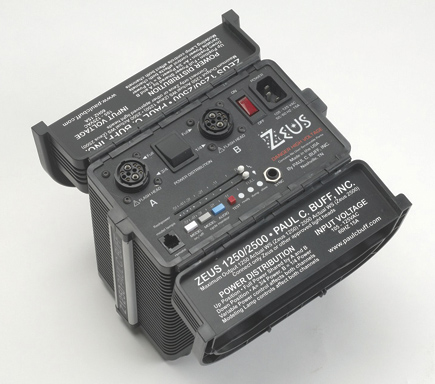 |
|
|
Other controls on the pack include an on/off switch for the audible recycle indicator, ready and “dump” lights, a flash test button, a slave cell, and connections for the sync cord and the accessory remote control unit.
The ZEUS flash heads are even more compact than the AlienBees monoblocs. The standard Z2500SH flash head can be used with either ZEUS pack. A circular flash tube surrounds the 250w modeling lamp. In keeping with the company philosophy, photographers can easily replace both the flash tube and the modeling light themselves. Detailed instructions are included in the excellent operations manual that is included with the system.
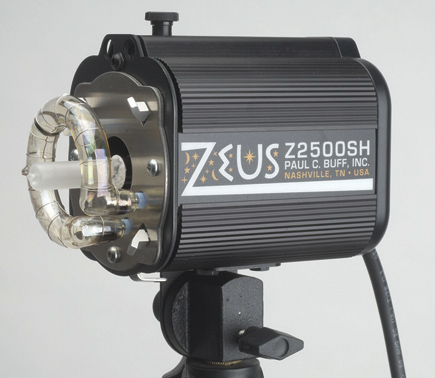 |
|
 |
|
|
Also available is the Z2500BTH bi-tube head with two flash tubes and two cables. By connecting both cables to a single pack, you can cut the flash duration at full power by almost 1⁄3, from 1/260 sec (t. 1) to 1/600 sec (t. 1) for sports or action photography. And if you really need the power, you can attach the bi-tube head to two Z2500 packs for a rather incredible combined output of 5000 ws.
While I didn’t have one available for testing, the ZEUS line also includes a ZRM1 RingMaster ringlight. I have used the self-contained AlienBees ABR800 ringlight and the ZRM1 is cross-compatible with all of its accessories. Both the standard and bi-tube ZEUS heads are compatible with the extensive range of White Lightning and AlienBees accessories. According to the White Lightning
(www.white-lightning.com/zeus.html) and AlienBees (www.alienbees.com/zeus.html) websites, the ZEUS system is also compatible with parts of the Dynalite system. ZEUS power packs are pin for pin and voltage for voltage compatible with the Dynalite 2040, 4040, and 4080 series flash heads. The ZRM1, Z2500SH, and Z2500BTH are pin for pin and voltage for voltage compatible with the Dynalite M2000 series power packs.
 |
|
|


